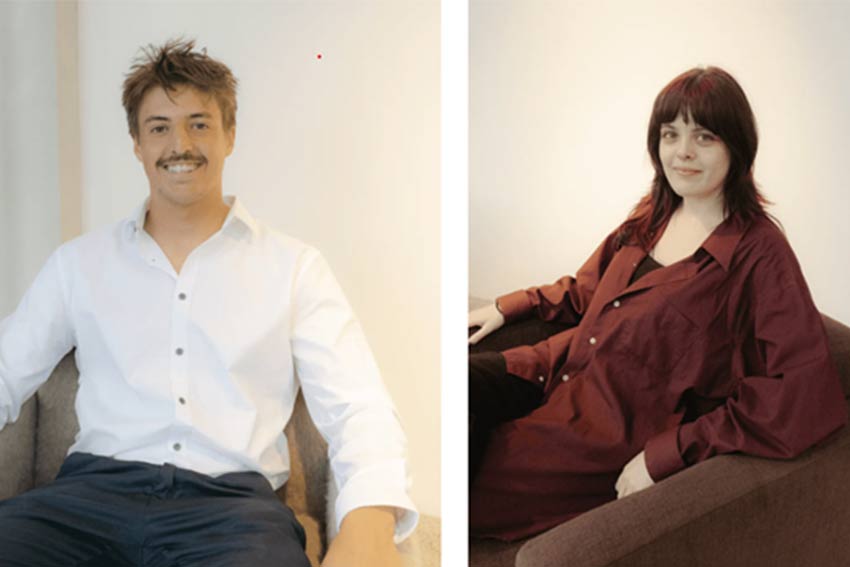AUT winners of 2025 Lexus Design Award

The overall AUT winner was Oliver Lloyd with his Roll a Rat flatpack bait station, while the AUT runner-up was Christine Botha who developed NiraFlow, a wool-based greywater filter that captures microplastics before they reach the environment.
Andrew Davis, Vice President of Lexus New Zealand, says the awards recognise ideas with genuine social and environmental impact.
“This award is about profiling concepts that push boundaries and giving emerging designers real opportunities — mentorship, exposure, and a platform to launch their careers.”
Now in its sixth year locally, this year saw a record 90 entries from four universities – AUT, the University of Auckland, Victoria and Massey.
Lexus says the university-honed programme remains a crucial platform for curious minds to turn ideas into reality. Entrants are encouraged to think boldly and propose sustainable, design-led solutions that address real-world challenges with a vision for a better future.
AUT WINNER
ROLL A RAT BY OLIVER LLOYD
When the Government announced its goal to make Aotearoa pest-free by 2050, it sparked both optimism and understandable scepticism — could such an ambitious target truly be met within such a short timeframe? Ambition aside, the initiative sparked important conversations and, crucially, inspired innovation that continues to drive progress forward. AUT student Oliver Lloyd seized that momentum and asked how design could meaningfully accelerate pest-control efforts. The result is Roll a Rat, a clever, sustainability-led solution to one of conservation’s most labour-intensive challenges. Currently, the Department of Conservation sets rat-bait stations throughout native bush to protect wildlife from introduced predators — but every station must be manually collected, tracked, and replaced. Roll a Rat directly addresses this problem. Designed as a flat-pack, fully biodegradable bait station, it not only helps control invasive rodent populations (specifically the Norway rat) but also supports ecosystem regeneration by including native seeds.
AUT RUNNER-UP
NIRAFLOW BY CHRISTINE BOTHA
Greywater is an everyday by-product of modern living — yet hidden within it are microplastics that quietly accumulate in our waterways. Seeking a simple, scalable way to intercept the problem at its source, AUT’s Christine Botha developed NiraFlow, a wool-based greywater filter that captures microplastics before they reach the environment. Mounted on an exterior wall and connected directly to a home’s greywater outlet — such as a washing machine or shower system — NiraFlow uses gravity to draw water through stacked layers of New Zealand wool slowly. The fibres trap microplastics of varying sizes while allowing filtered water to pass through, offering an accessible, low-impact alternative to more complex filtration systems. Christine tells me that the wooden sculptural form was intentionally shaped to mirror the natural downward flow of water — creating a functional object that also becomes something you’re proud to display at home.